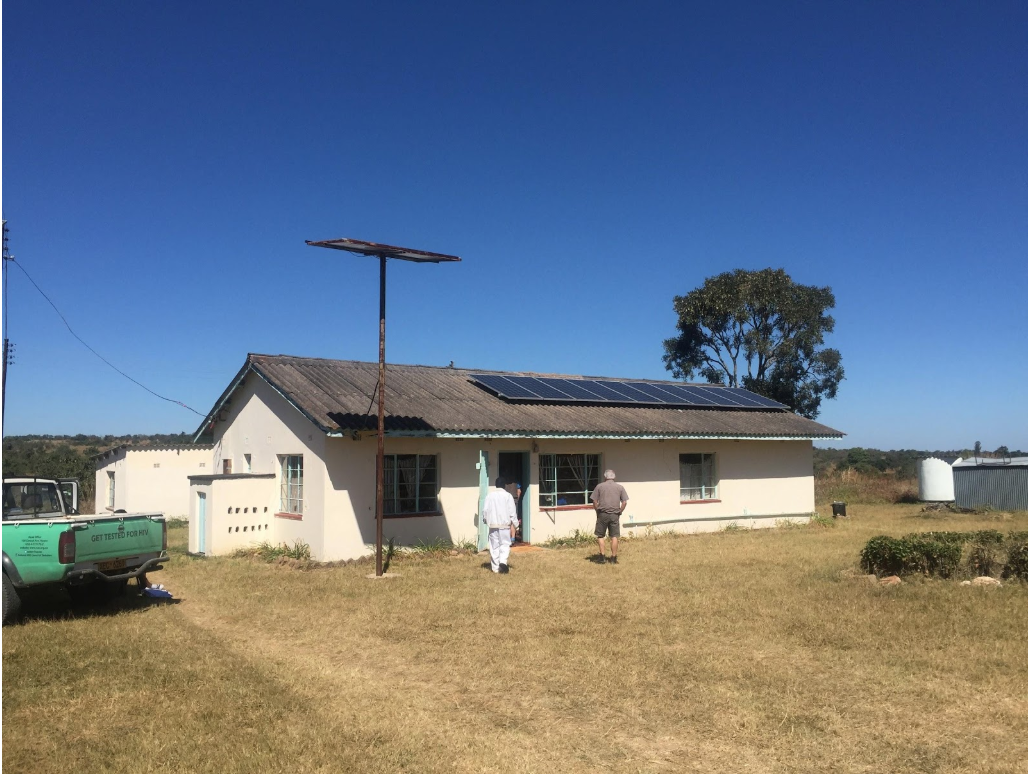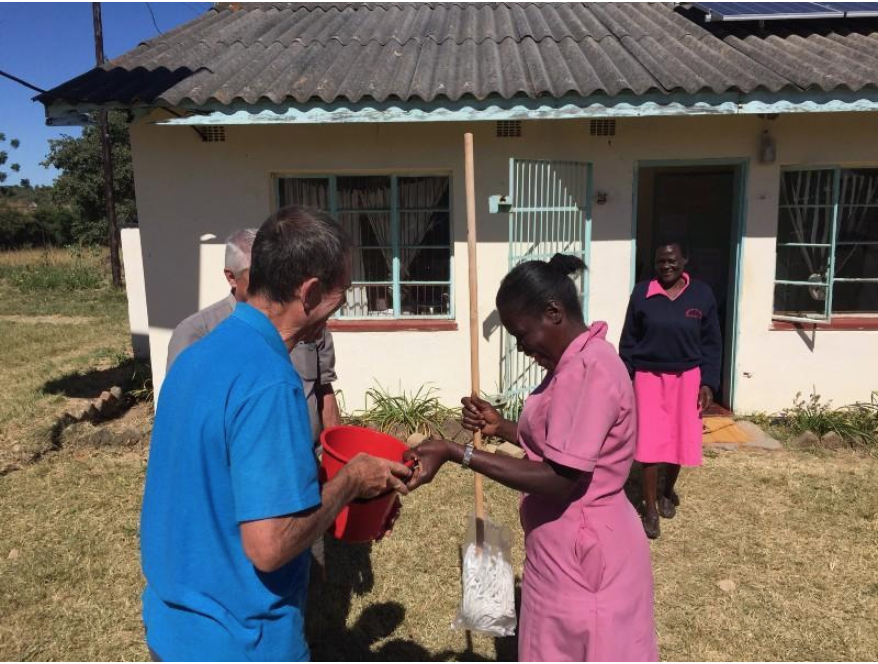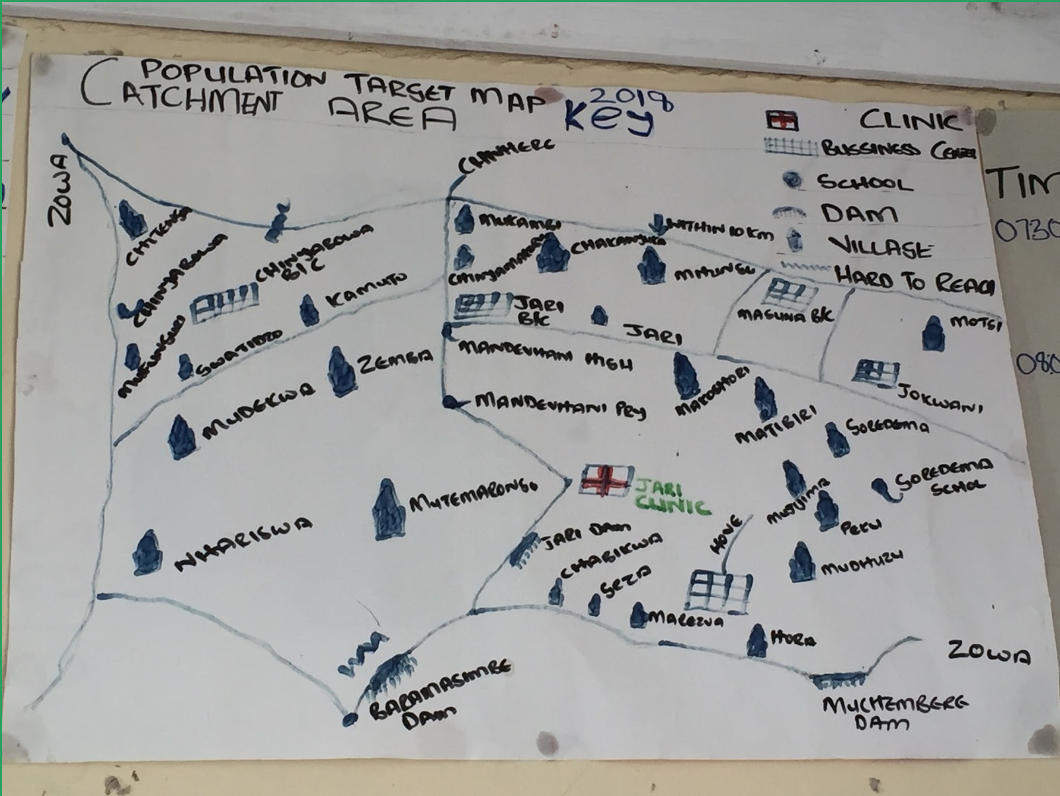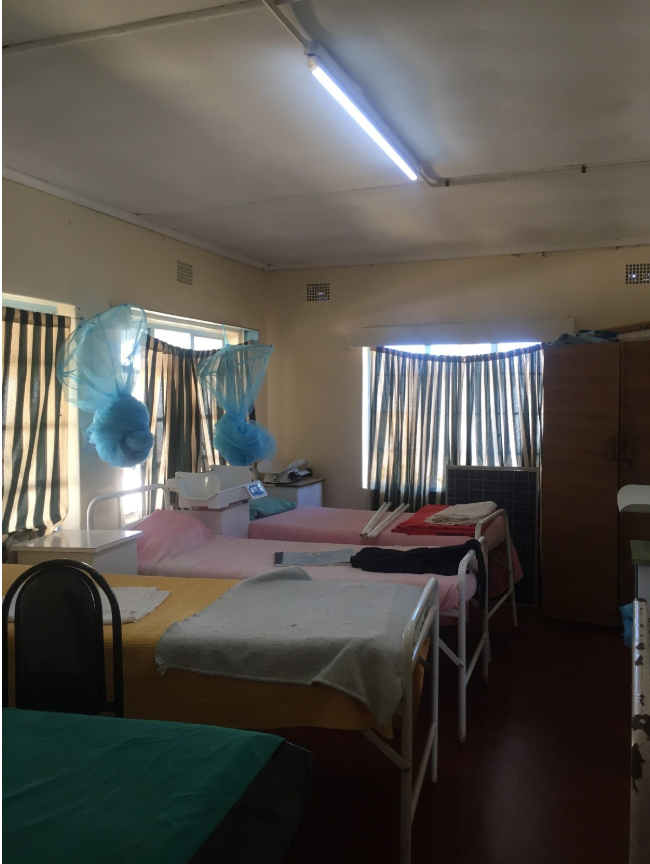Electrifying Clinics in Rural Zimbabwe Through Lean Impact

Less Than 21% of Rural Zimbabwe is Electrified.
Once the sun sets, which happens remarkably quickly in this southern African country, if you don’t live in an urban hub, there’s a four in five chance candles and kerosene lamps are your only way to light the darkness.
The face of the electricity generation in Africa is changing. Large-scale energy infrastructure is being replaced standalone Solar Home Systems and decentralized solar mini-grids providing small scale energy on a pay as you go basis.
We believe not having to invest in energy infrastructure opens up exciting possibilities for applying lean impact in the field. In this post, we’re going to talk about three lean impact techniques we’ve used in experimenting with smart, i.e. connected to the internet, solar energy systems to power healthcare in Zimbabwe.
This is one of the pilots on our Frontier Technology Livestreaming programme, which works with UKAid to apply technology to solve the biggest international development challenges. We’re working with Africa Power Storage, a British start-up, to test and learn how their tech might solve the electrification crisis in healthcare for rural Zimbabwe, with an eye for scaling across the whole of Africa if our solution works.
The face of the electricity generation in Africa is changing. Large-scale energy infrastructure is being replaced with standalone, small scale, decentralized solar energy systems. Share on X
Cost Per System vs. Learning Per System
Typically, an ambitious first phase for a project would emphasize the economies of scale. The result? We “would” have spent phase one installing hundreds of solar energy systems over several years.
Instead, for our first test in the field, we optimized for learning, installing systems in just two health clinics (a small facility and larger hospital). Two systems in two places, for less than £20k in total.
Had that been twenty systems in twenty places, the cost per system installed would have gone down significantly. Had it been two-hundred, it would be even lower. Yet, we purposefully avoided harnessing the power of economies of scale, and spent a lot of time and energy shipping our equipment, filling out regulatory paperwork, locally assembling and transporting just two systems. Why?
We purposefully avoided harnessing the power of economies of scale, and spent a lot of time and energy shipping our equipment, filling out regulatory paperwork, locally assembling and transporting just two systems. But why? Share on XExperiencing the entire end-to-end journey in just two places, meant we learned much more quickly across every point in our journey, including regulatory obstacles, the best way to install in a health clinic, how to train locals to maintain it, and so on.
For example, through our two installations, we learned that dusty panels can result in more than a 30 percent efficiency loss. And simply telling the staff at the clinic to keep the panels clean doesn’t affect behaviour. Starting from our third system, clinics will be given not just the panels, inverter and battery – but a mop and bucket used only to keep their new solar panels free from dust.
 Caption: Providing a new mop and bucket to the staff at Jari clinic.
Caption: Providing a new mop and bucket to the staff at Jari clinic.
Gathering Data in New Ways
One of the biggest benefits of a smart system is that anywhere you have a mobile phone signal, you can collect real time data on energy usage remotely through 3G-connected sensors integrated within the solar inverter.
This data is incredibly powerful as it is unmediated, i.e. straight from the field without filters, and constant (it never stops, giving you a huge dataset from which to draw insight).

Our ‘smart’ solar inverter, developed by Africa Power Storage.
By installing in two very different healthcare environments – a small clinic and a hospital – we’ve been able to build two basic profiles of energy consumption. This means that we have a much better idea of how many solar panels we need to take to different clinics (more panels = more electricity), as well as how behaviors change once a facility gets power.
This has also informed a potentially profound pivot. We’ve found that smaller clinics generate excess energy (even after having time to adapt to the possibility of consuming more), while surrounding schools, homes and business centers remain without power. Could we enable a sustainable side revenue for the health facility by serving as host for a community micro-grid?

The catchment area around Jari clinic. Could the healthcare provider also become an energy provider?
There are plenty of assumptions underpinning this idea we need to test, particularly around the value hypothesis (Does the health clinic want to do that?) and impact hypothesis (Does it have a positive social impact?). But we’re very excited to test whether this might work.
By installing in two very different healthcare environments - a small clinic and a hospital - we’ve been able to build two basic profiles of energy consumption. Share on XCollaborating for Our Growth Hypothesis
Although we’re starting small, we’re thinking big. And we do this through a mechanism we call the ‘YES IF.’
A ‘YES IF’ refers to a particular kind of conversation with someone who will help your idea to scale. The aim of the conversation is to nudge the ‘scaler’ to clearly say that: YES, I will do [x] to help you, if I see [y].
Donors active in Zimbabwe have told us that YES, they will fund the rollout of our solar energy system, IF we prove it is the most cost-effective solution out there.
This led us to a clear, ambitious growth hypothesis: by being at least 50% more cost effective than the incumbent system, our solution will be adopted in a major rollout.
This means that building and iterating a super-efficient local delivery infrastructure is crucial. We’re working with a manufacturing and logistics organization in Zimbabwe who can assemble and shift our solar energy system across the country. This has added time (in identifying and training a partner) and cost to installation of the first two systems, but has given us valuable learning and a model for how assembly and logistics might work when we move to hundreds of solar energy systems.
And, armed with a clear ‘YES, IF’, we know this investment isn’t in vain.
Our Impact Hypothesis
Our hope is that our solar energy system will increase the services a health facility can provide and improve health outcomes for its patients. To distill this into an impact hypothesis, which works best when it is quantitative and measurable, we focused on a metric that encapsulates our vision, and we can get data on.
Our impact hypothesis is: our solar energy system will enable a 10x increase in out-of-hours procedures, where no consistent energy supply was previously available.
And we’re being systematic about how we measure it:

This graph shows how our solar energy system has had an impact on health procedures in Jari (the smaller clinic) and Kamhonde (a larger hospital). More detailed data is pending.
Traditional impact measures take years, but we believe the general trajectory can be established today even with small samples like those above.
We’ve learned that five more babies a month are now born under the electric lights of the maternity wards of our two facilities – a first.
We’ve also been told that evidence of impact is an important ‘YES IF’ for the local development donor community. Therefore, getting this evidence gives us a greater shot at achieving scale-up investment.
Again, we could easily have proceeded with no monitoring and evaluation. While doing so would have saved money and time, we’d be on much weaker footing for scaling up, and less fluent on the impact we were achieving.

What is the impact of electric lights on health outcomes?
Thank you to Lea Simpson and Asad Rahman from Brink for contributing this piece. In the coming weeks, they’ll share more posts looking at some of Frontier Technology Livestreaming drones, IoT, and other pilots. Give us a shout out on Twitter @leanimpact and let us know what you thought about this Lean Impact piece!
If you’re excited about the potential of lean startup for social good, check out the upcoming release of Lean Impact: How to Innovate for Radically Greater Social Good (Wiley, Oct 10). Also, check out the rest of our blog for more inspiring stories.
